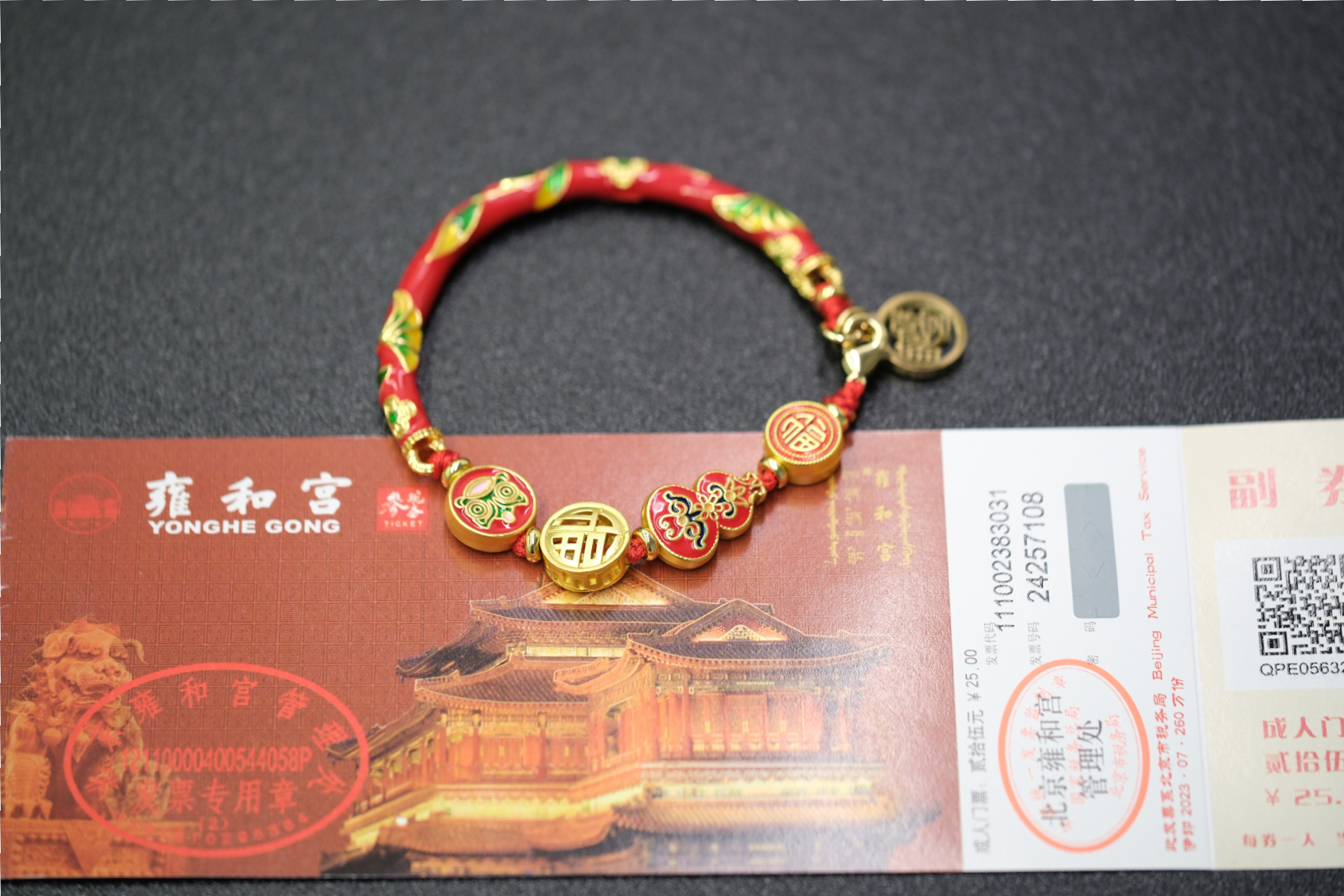
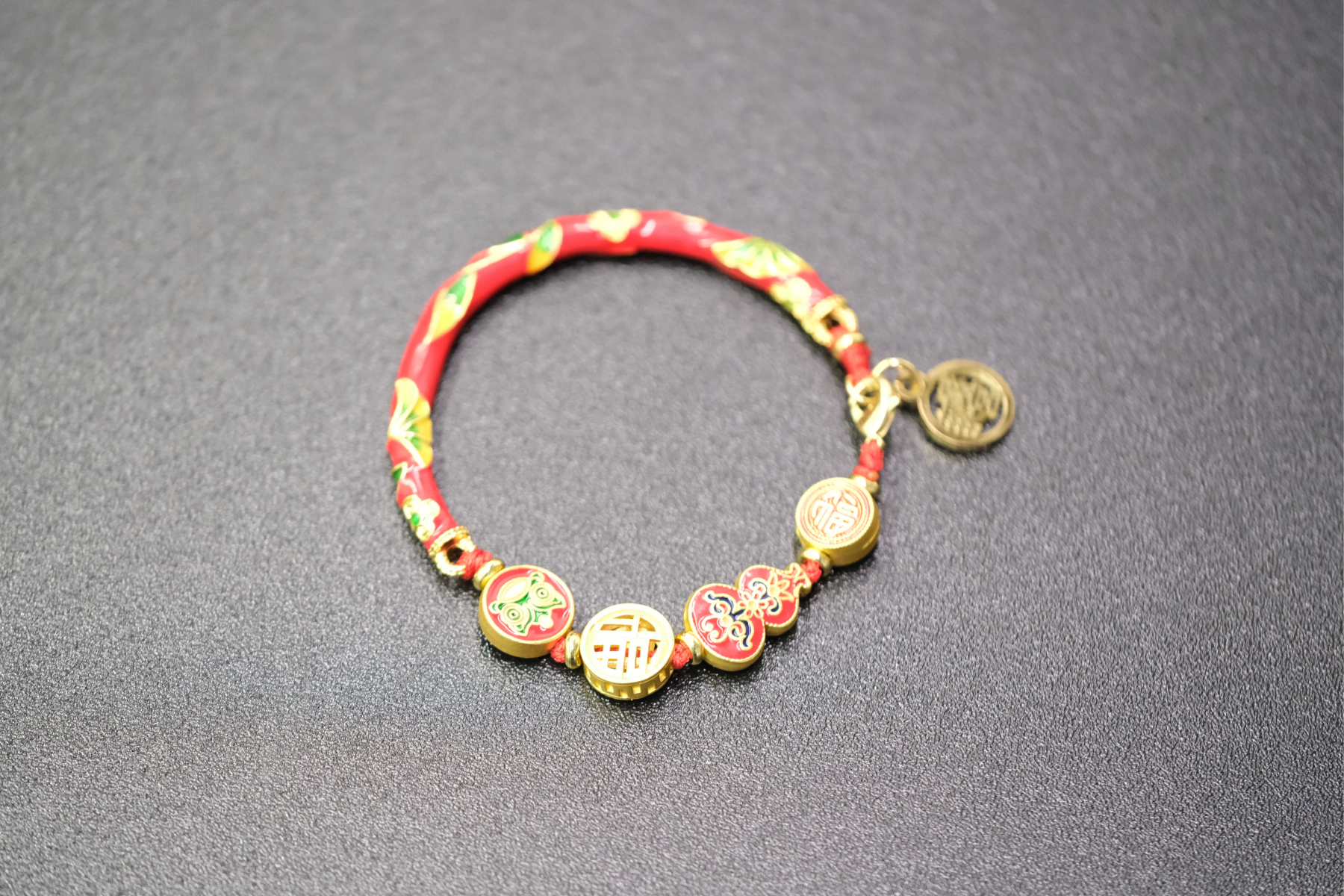

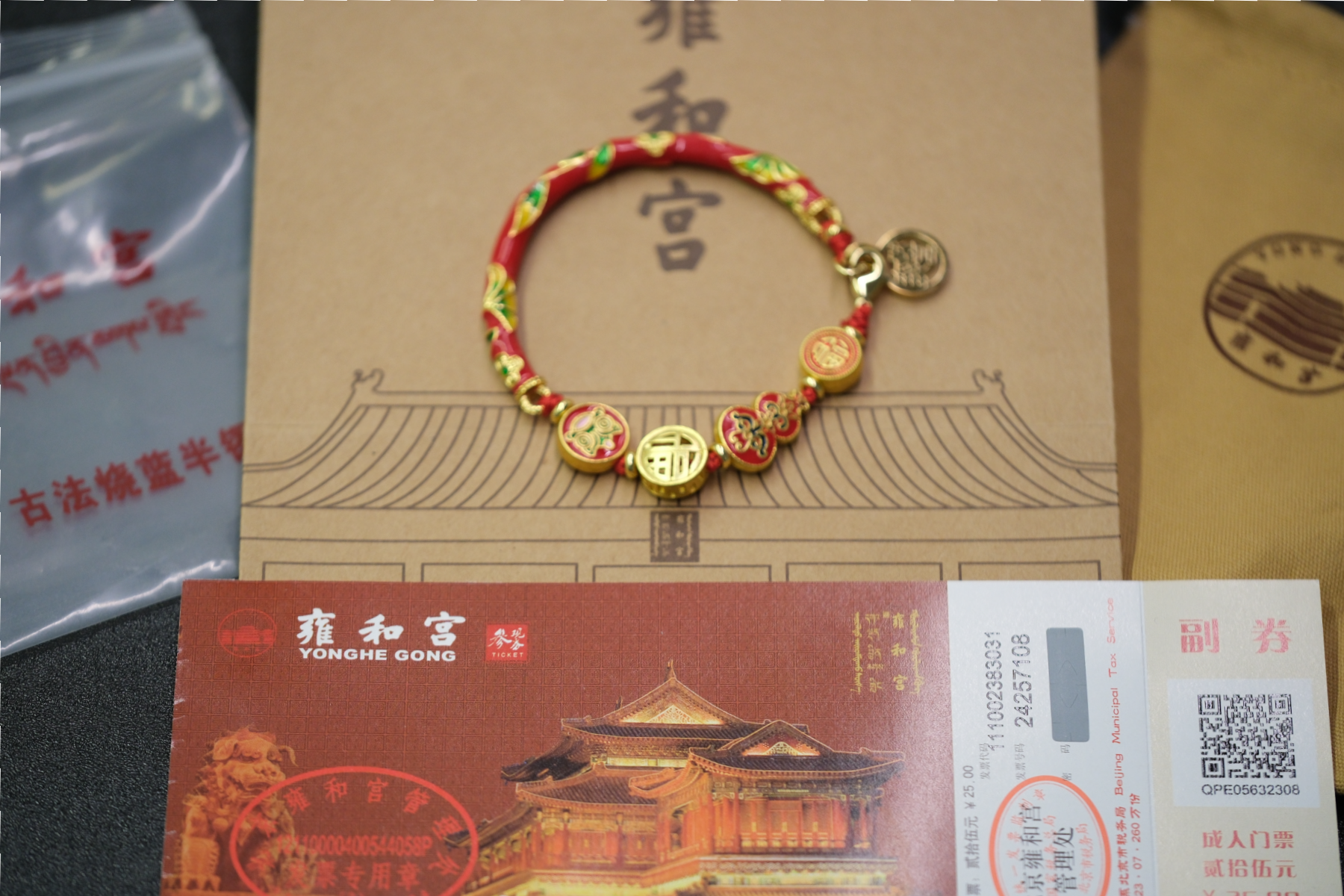
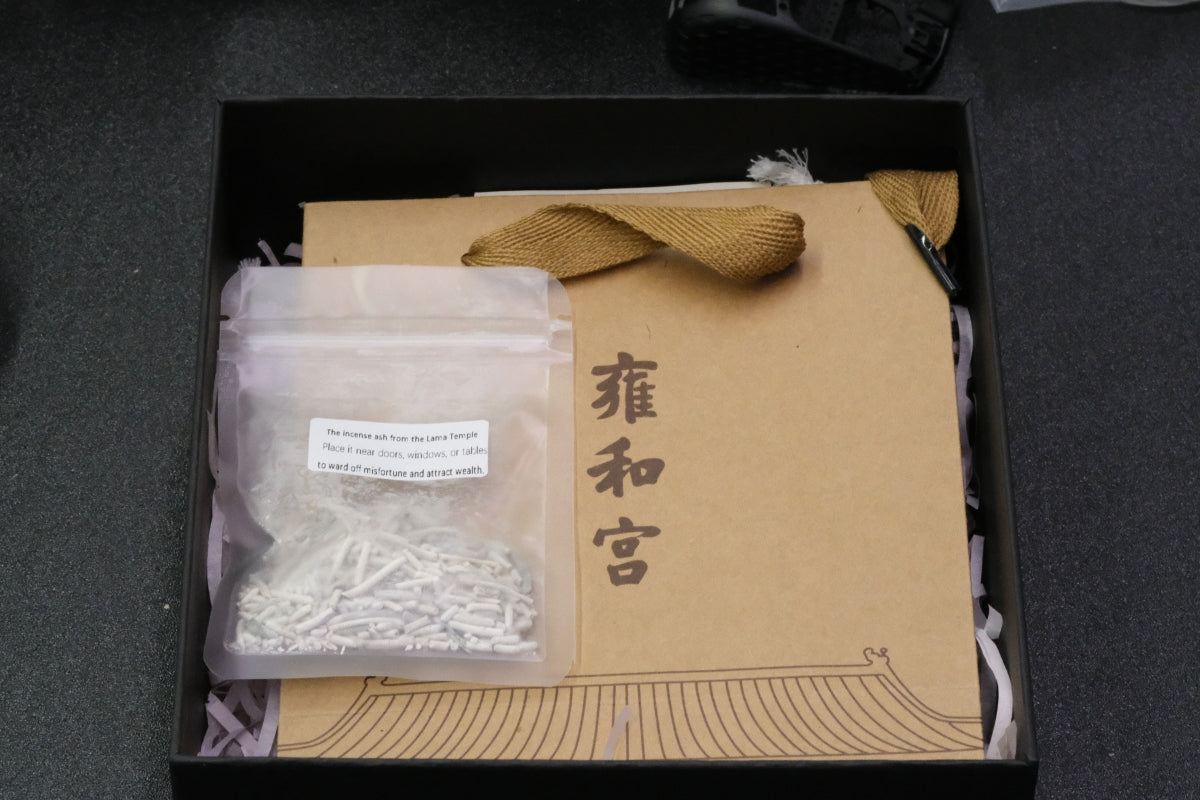
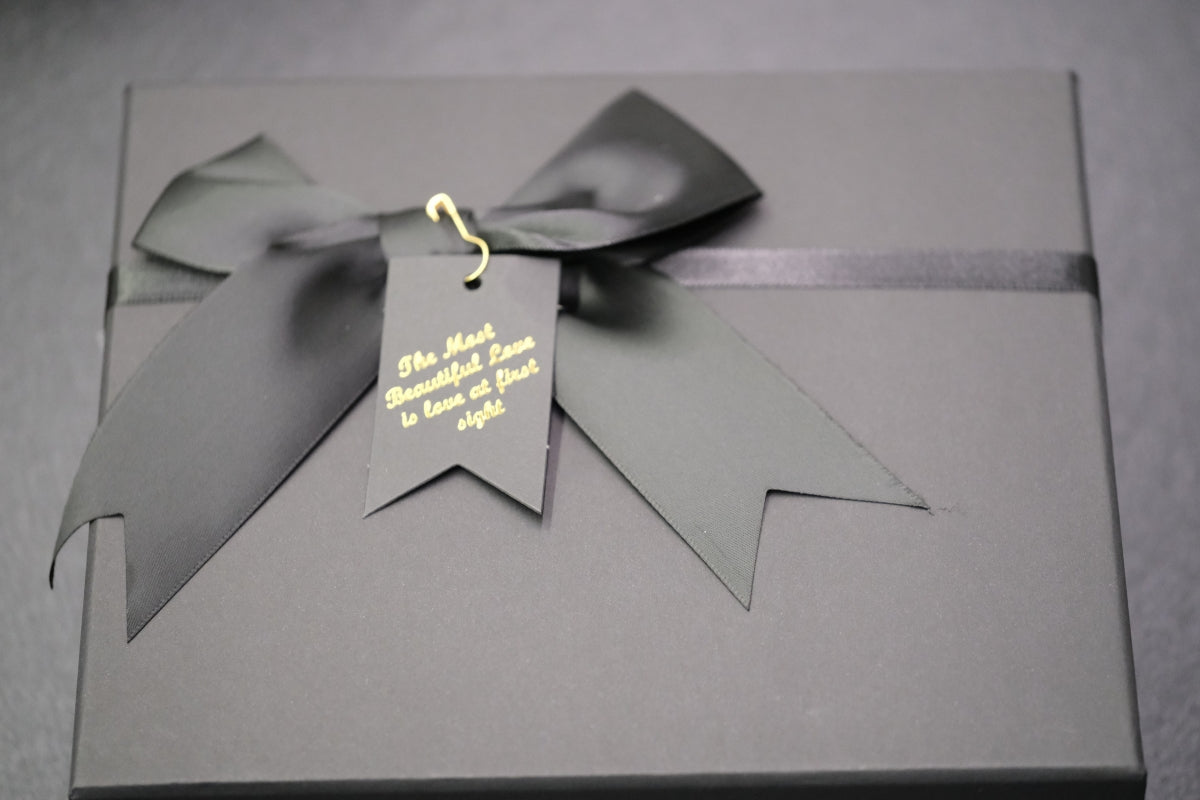
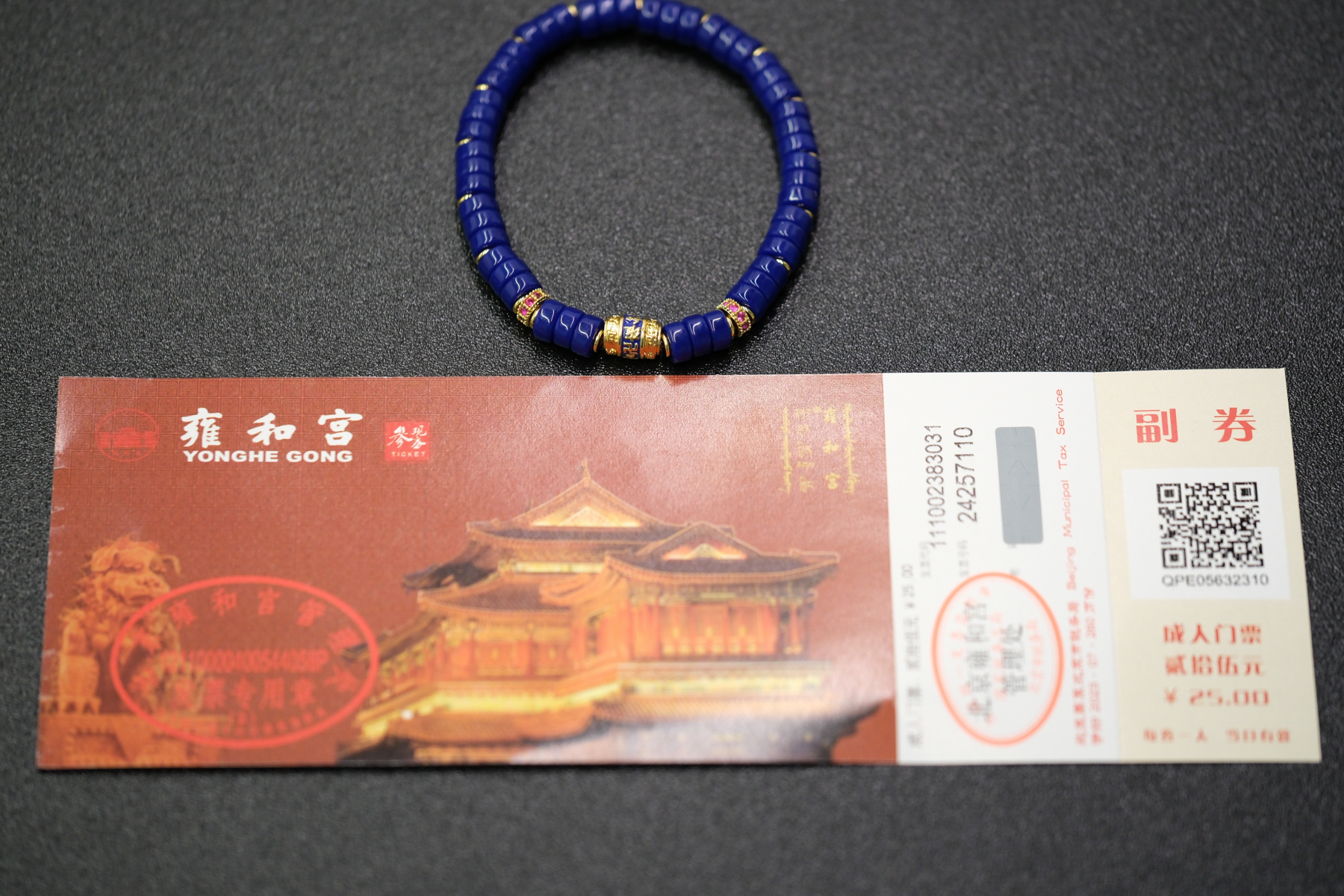
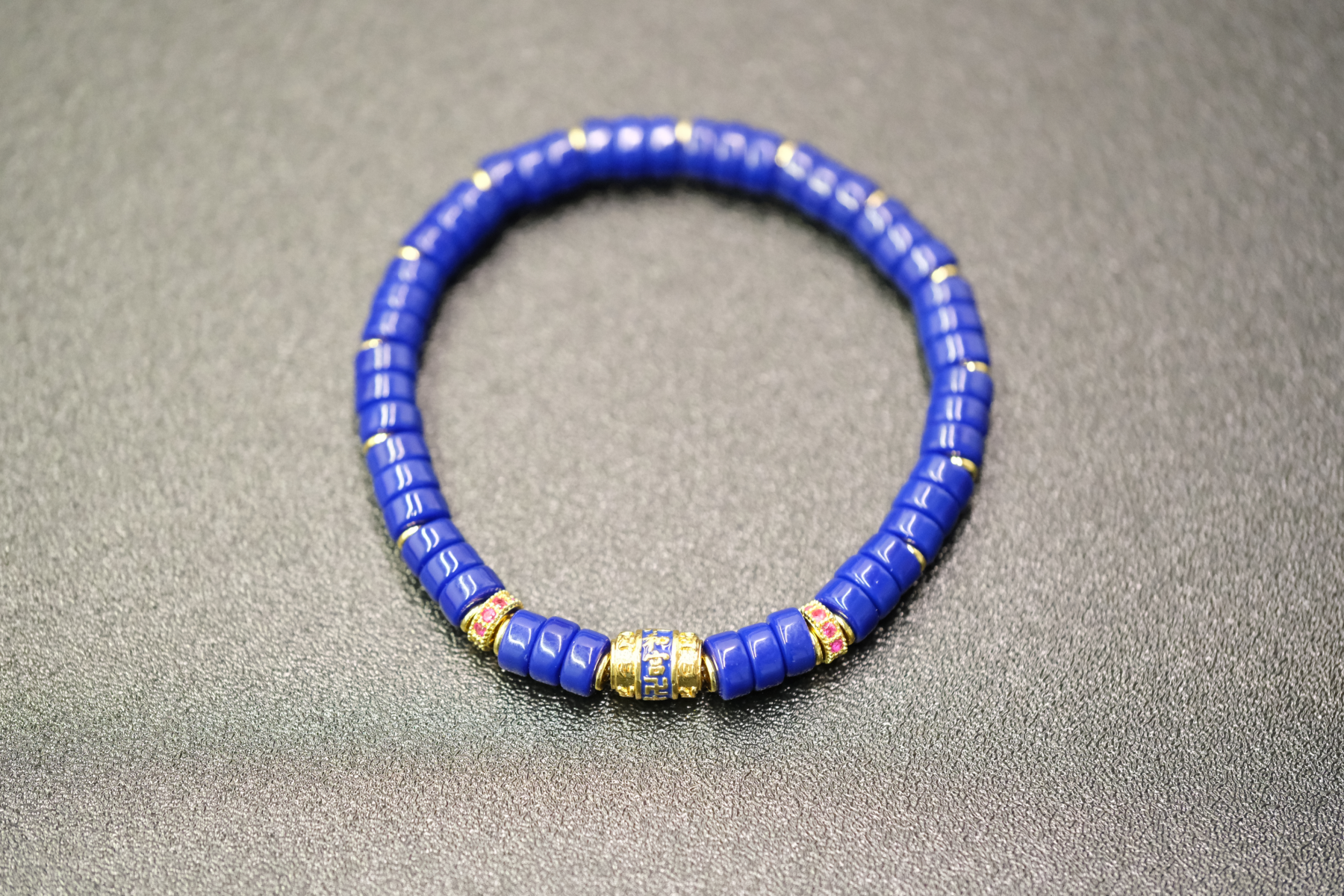
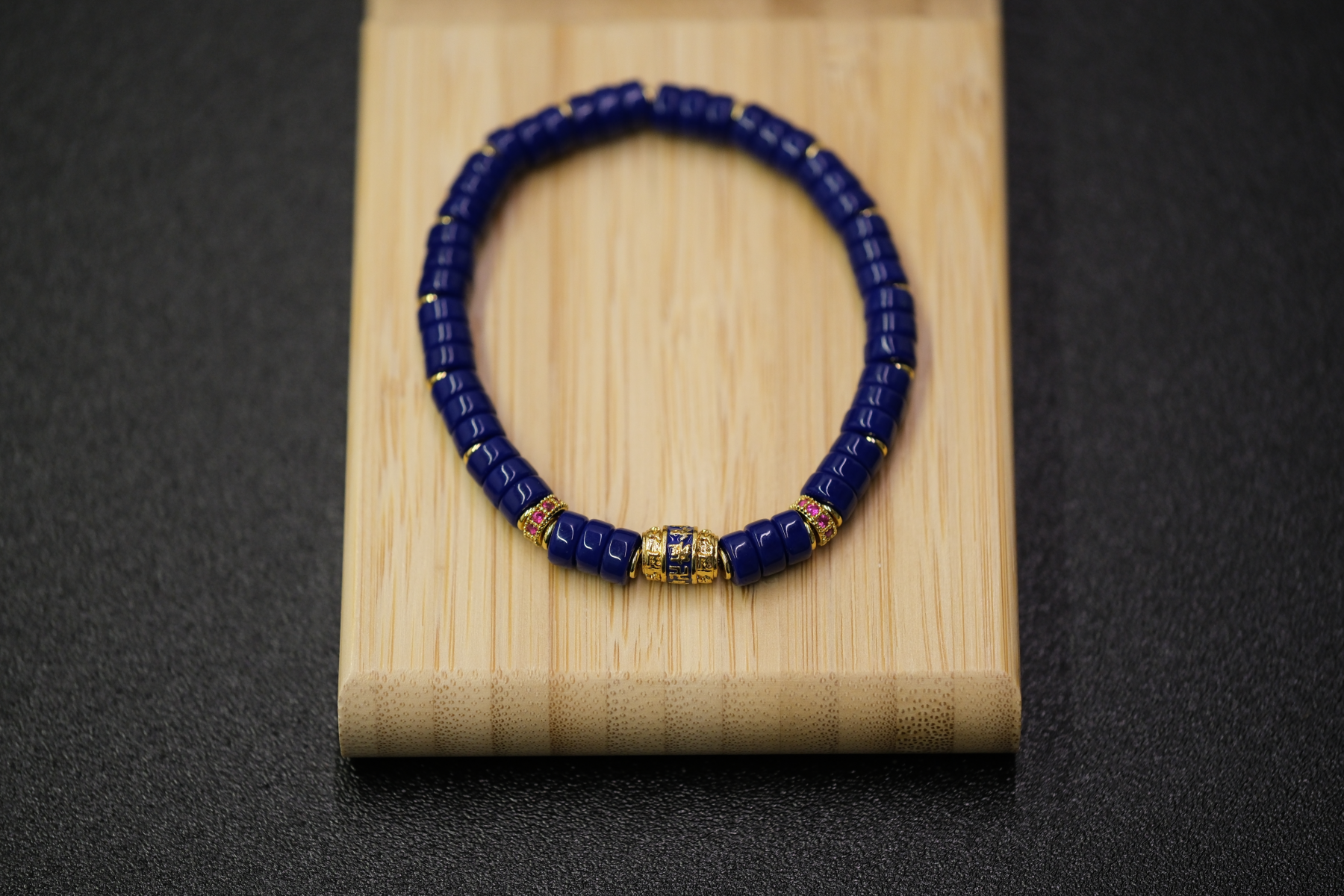

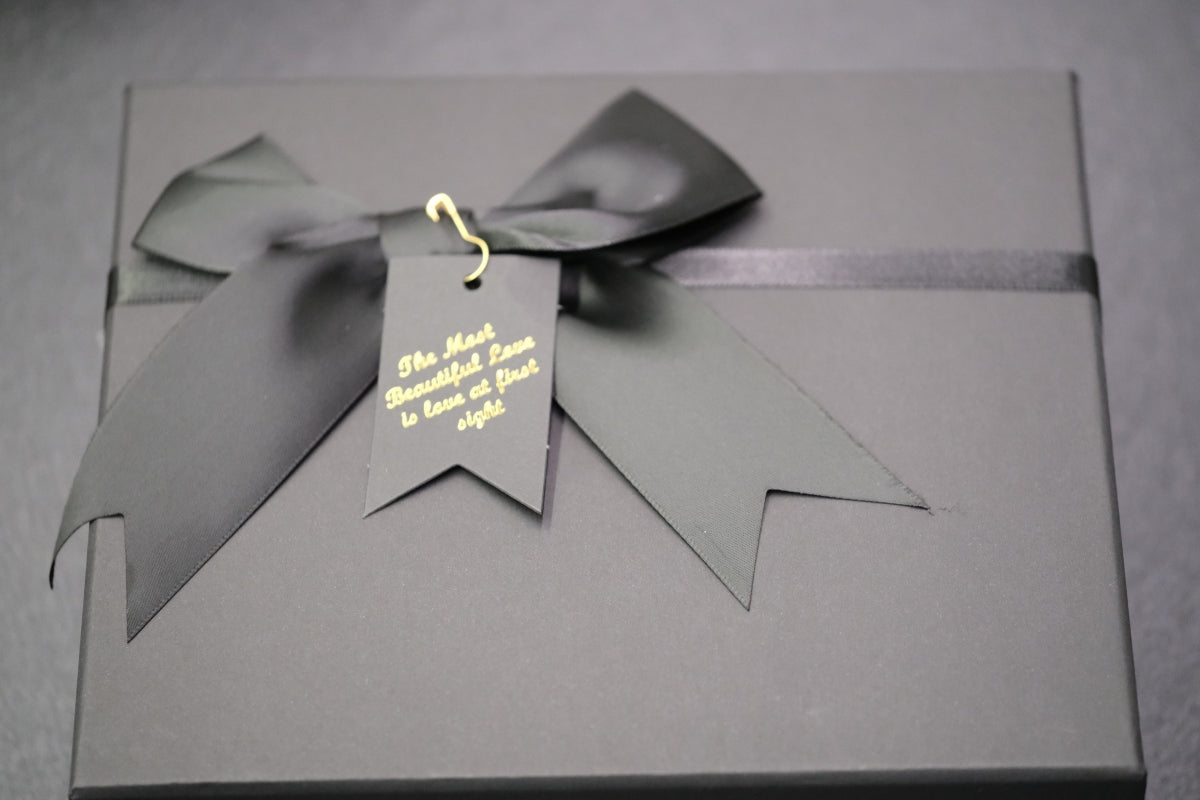
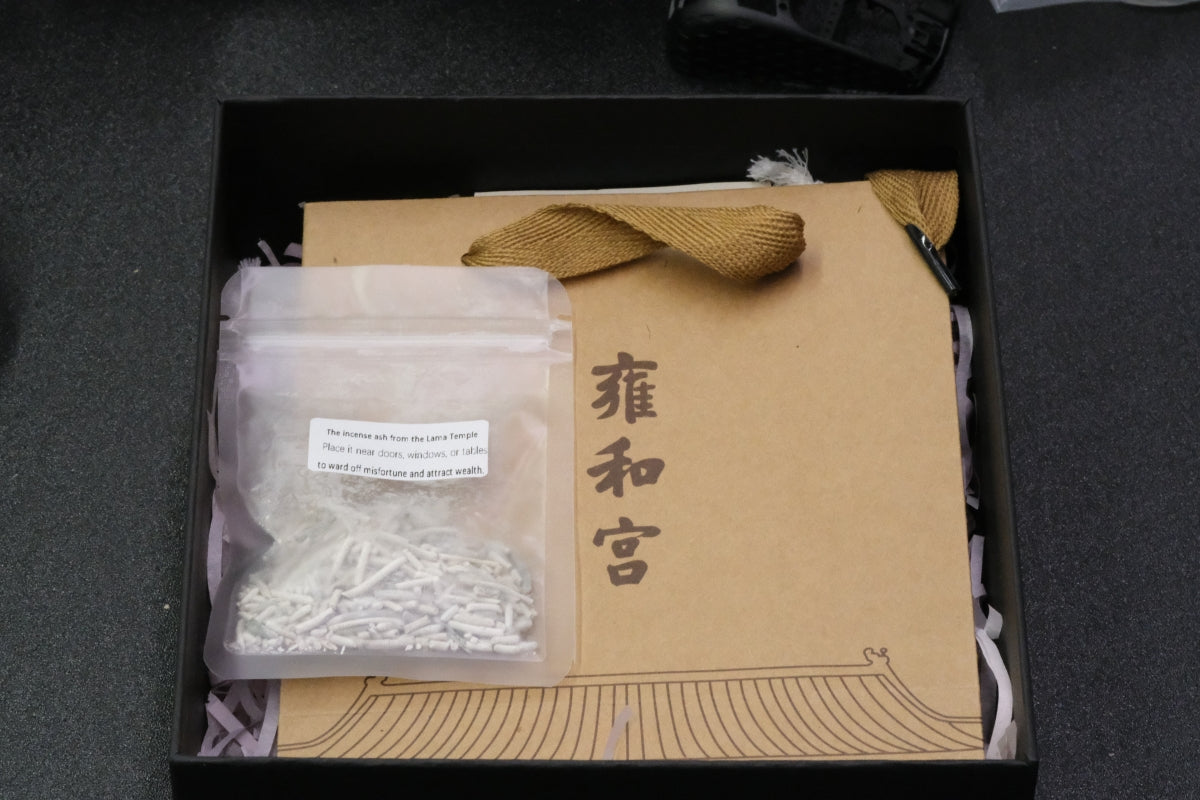
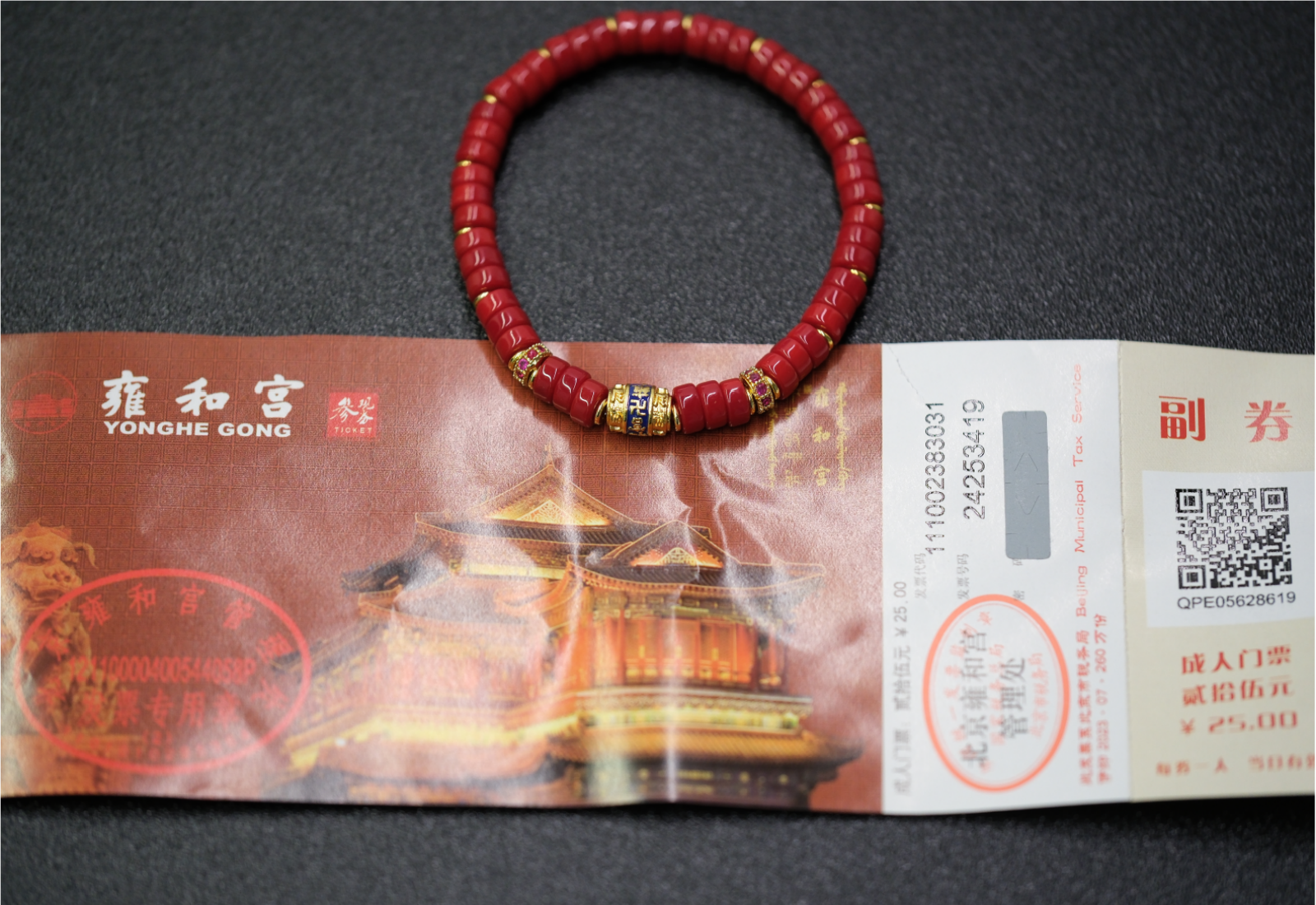
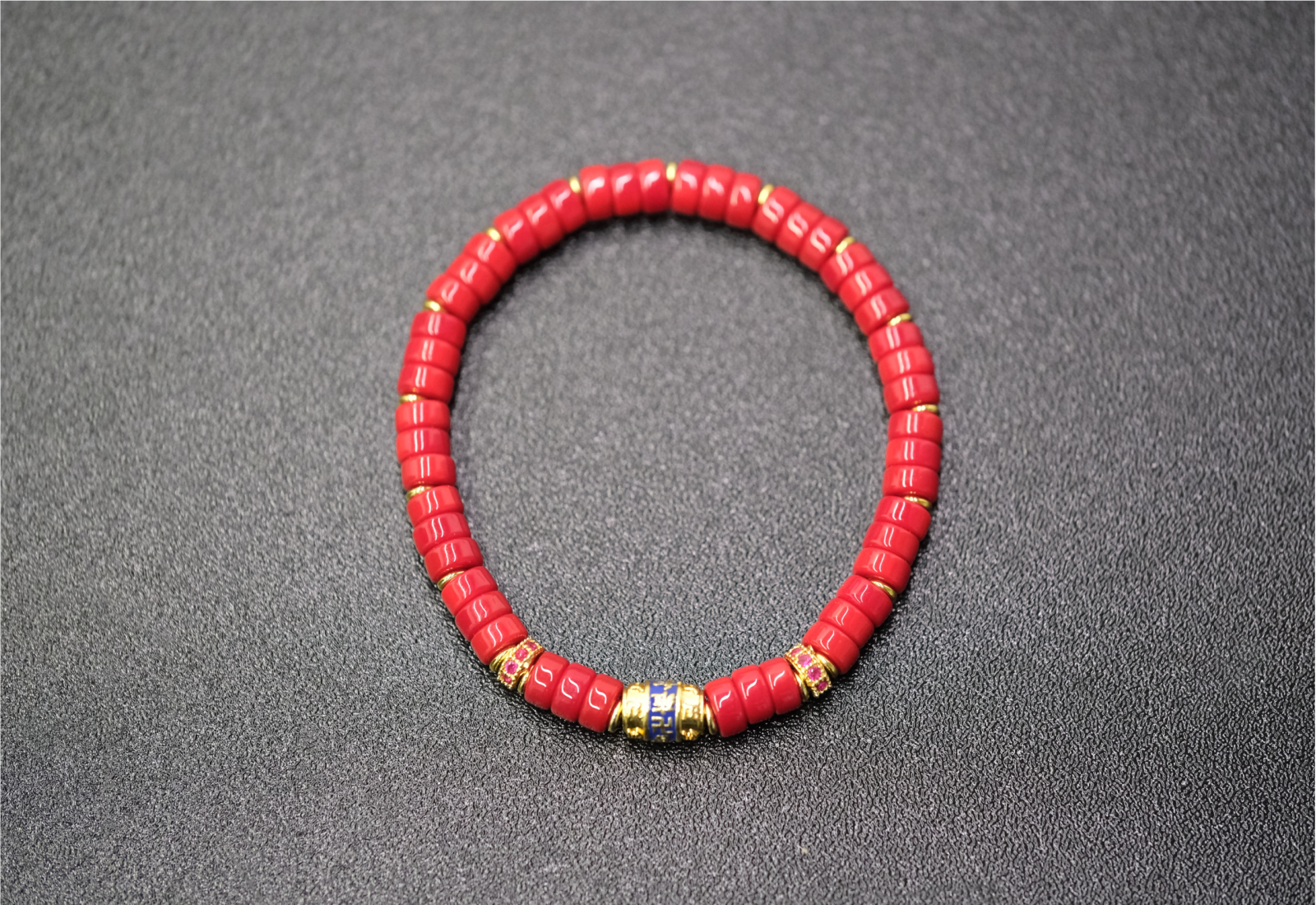
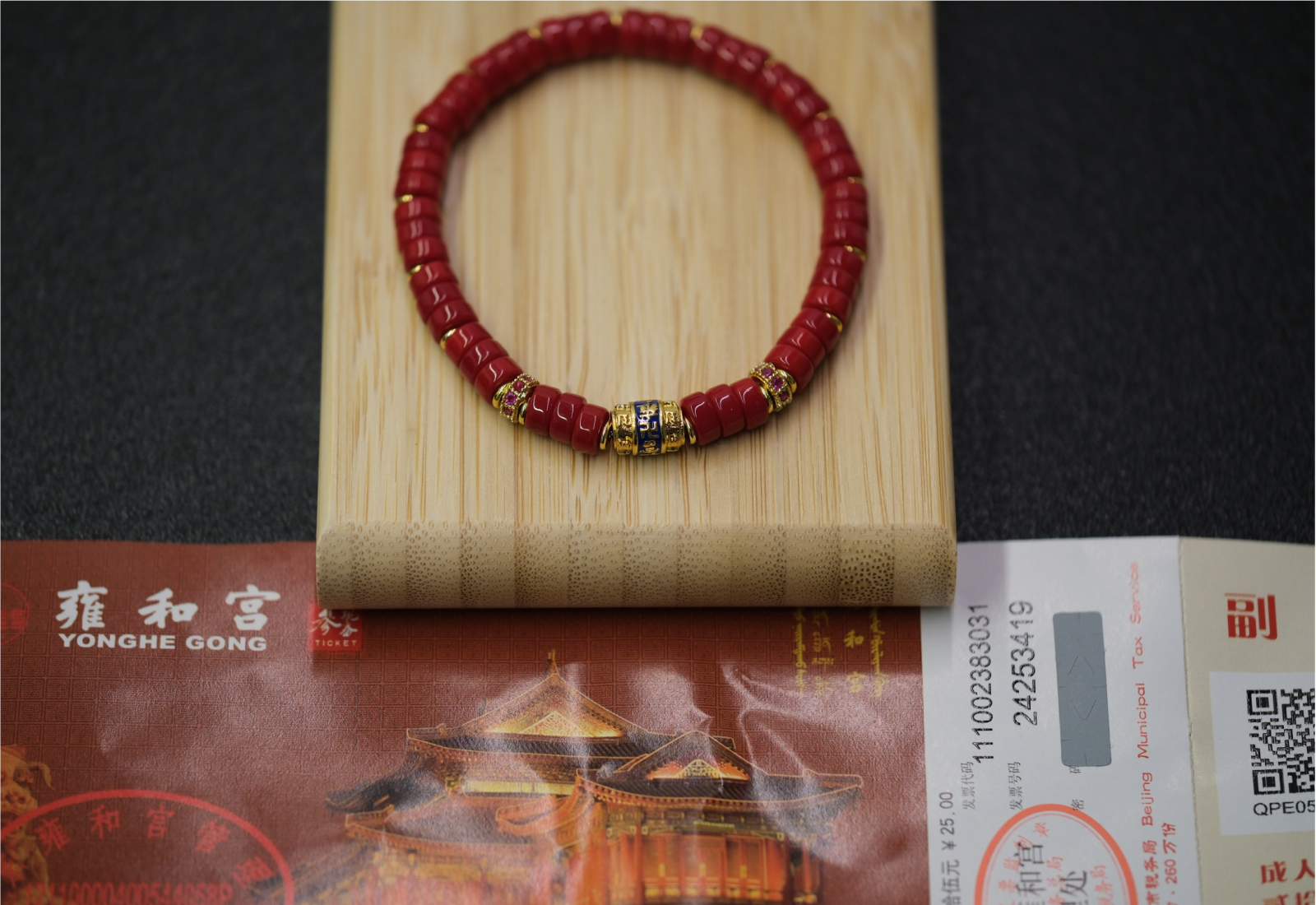
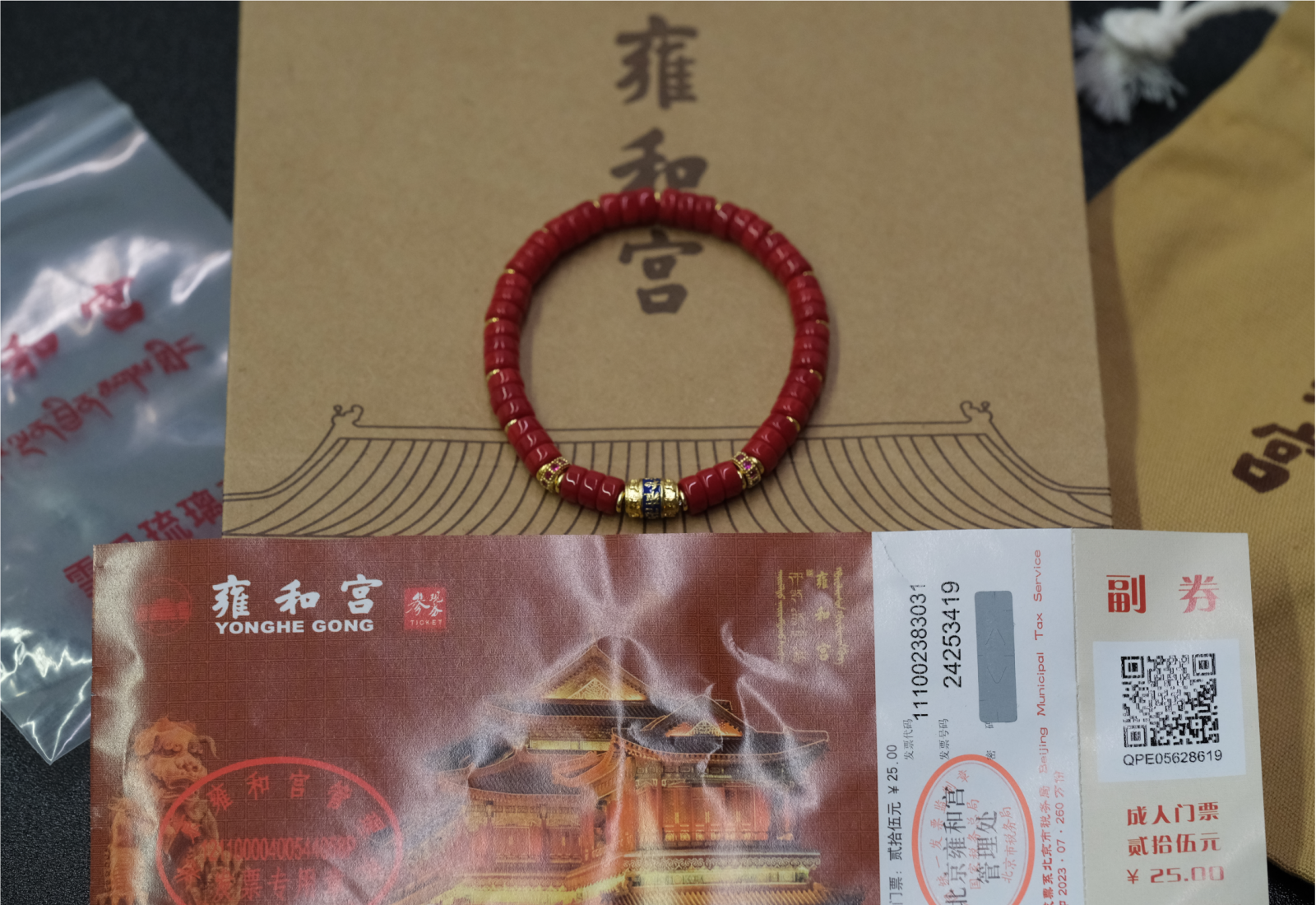
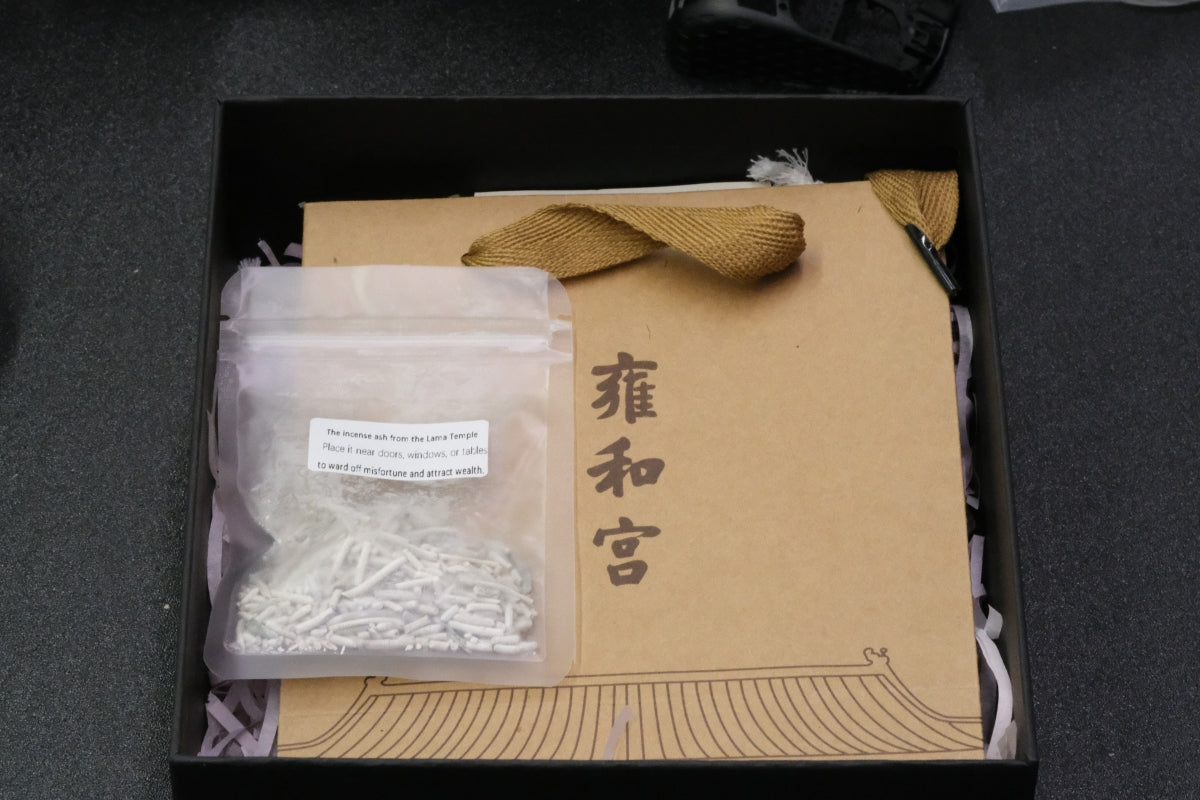
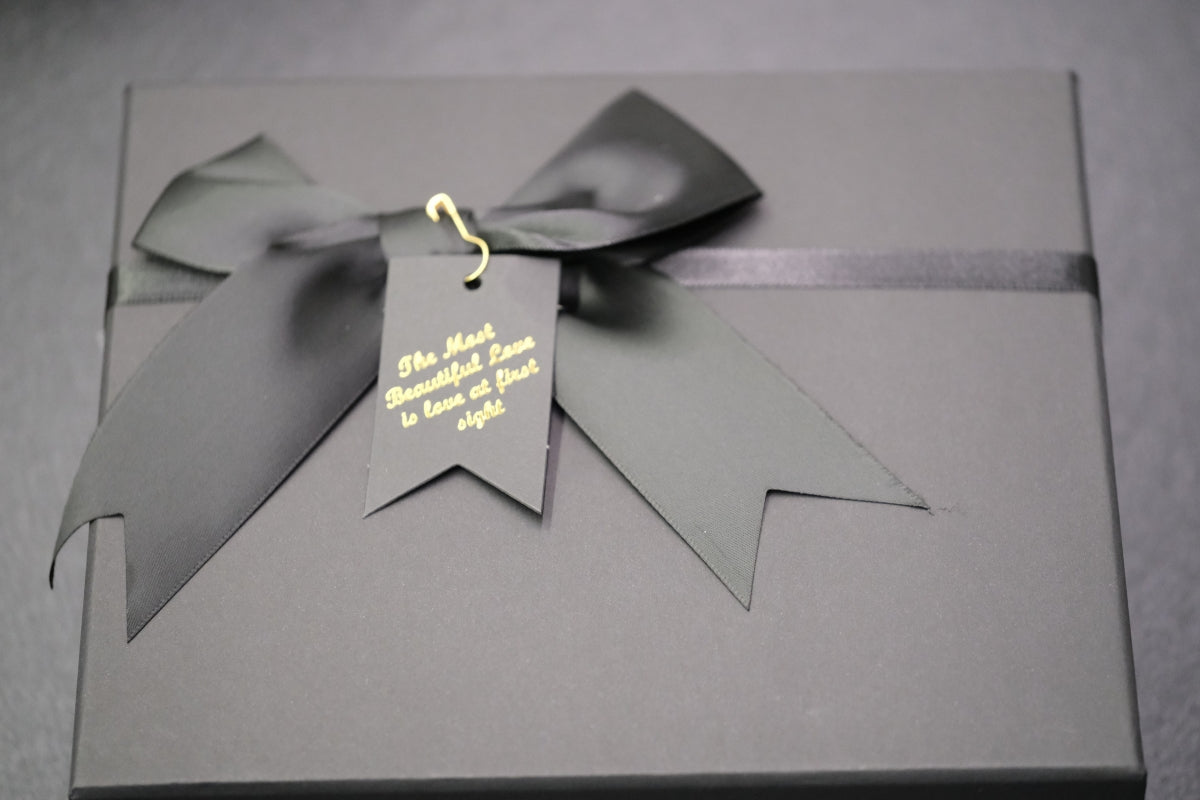
GWolves
Sacred Objects from Yonghe Temple in Beijing, China (Already Blessed through Ritual Consecration)
Bead Bracelet Collection
• Dark Green Transcendence Bracelet
Material Origins
Made with incense ash from the Yonghe Temple, combined with the ancient Tibetan technique of "Celadon" and translucent green glass. The incense ash carries the blessings of countless devotees, and the ceramic body undergoes an ancient "kiln transformation" to present a deep green glaze, symbolizing the purification of ignorance.
Buddhist Energy
The incense ash, collected from the Buddhist altar, has the ability to transform misfortune into good luck, as described in the Earth Store Sutra. The translucent glass represents the light of the Dharma, helping the wearer overcome obstacles and bringing lasting good fortune, much like the calming effect of celadon.
• Black Career Advancement Bracelet
Material Origins
A blend of incense ash from the Yonghe Temple with Tibetan "Black Jade Porcelain" and dark glass, fired using the "Great Black Sky Protector" ritual. The surface reveals fine gold streaks, resembling a vajra breaking through the air.
Buddhist Energy
The incense ash, which originates from royal prayers for good fortune, is combined with the durability of black jade, symbolizing an unshakable career. The dark glass absorbs negative energy and protects the wearer, ensuring steady progress in their career and success in promotion, just like a mountain.
• Red Prosperity Bracelet
Material Origins
Made with incense ash and Tibetan "Cinnabar Glaze" combined with bright red glass, fired with the "Red Wealth God Heart Mantra." The beads have a glowing, fiery color, and the ash embedded in the porcelain represents the flow of wealth.
Buddhist Energy
The incense ash comes from offerings made before the Wealth God, and the red porcelain is treated as a treasure, activating wealth-gathering power. The bright red glass attracts wealth and prosperity, helping the wearer draw in abundance from all directions.
Craftsmanship Highlights
Each bead is created by monks from the Yonghe Temple, who chant for seven days, combining incense ash with porcelain and glass materials according to the proportions outlined in the Sculpture Measuring Sutra. The beads are then fired in an ancient kiln in Tibet, utilizing "Samadhi True Fire" to create natural glaze patterns, forming a unique blend of Han and Tibetan spiritual traditions.
About Yonghe Temple: Royal Buddhist Heritage
• History
Built in the 33rd year of the Kangxi Emperor (1694), Yonghe Temple was originally the private residence of Emperor Yongzheng, later transformed into a Tibetan Buddhist monastery under the Qing Dynasty. It became a sacred Buddhist site for the royal family, deeply connected with the reigns of three emperors.
• Double Legend
- Dragon Vein Convergence: The temple is deeply linked to the emperors Kangxi, Yongzheng, and Qianlong, with the Kangxi Emperor having personally inscribed its plaque.
- Han-Tibetan Dharma Fusion: The temple hosted the 6th Panchen Lama's Dharma rituals, and the temple's main Buddha statue was carved from an entire white sandalwood tree, symbolizing the fusion of royal devotion and spiritual power.
Why Choose Our Bead Bracelets?
• Royal Dharma Certification
Every bracelet is consecrated by the monks of the Yonghe Temple following the rituals of the Tripitaka, accompanied by a certificate of consecration and a prayer card, ensuring the authenticity and power of the blessings.
• Natural Materials and Craftsmanship
Each bracelet uses materials sourced from nature, purified through Buddhist chanting. They carry both aesthetic and spiritual value.
• Portable Dharma Altar
Wearing the bracelet connects you directly to the spiritual energy of Yonghe Temple. It is suitable for daily spiritual practice and professional settings, helping you form beneficial connections.
Usage Guidelines: Sincerity Brings Blessings
- Sacred Object: The bracelet should be kept clean and not exposed to negative environments. Do not discard it casually. Place it in a clean and respectful location.
- Make Specific Wishes: When making a wish, be clear and precise about what you are asking for.
- Maintain Good Deeds: Avoid negative actions while wearing the bracelet, and recite the "Om Ah Hung" mantra regularly for purification.
The Three Steps for Activating the Blessing of the Bracelet
- Define Your Goal: Write down the essence of your wish (e.g., "promotion," "successful business deal").
- Clarify the Path: Specify the concrete steps to achieve your goal (e.g., "improve management skills," "contact three clients each week").
- Use the Bracelet: Each morning, hold the bracelet and silently recite your wish three times, visualizing the blessings of Yonghe Temple enveloping you.
Six Prohibitions for Sacred Objects
- Avoid Negative Energies: Do not expose the bracelet to negative environments. If necessary, use incense to purify it.
- Do Not Let Others Touch It: Do not allow others to wear or touch the bracelet frequently. If someone does, purify it by exposing it to sunlight.
- Do Not Wear While Committing Wrongful Acts: Remove the bracelet if engaging in negative actions.
- Damaged Bracelet: If the bracelet breaks, it is seen as a sign of protection from misfortune. Return it to a temple for proper disposal.
- Regular Maintenance: Once a month, clean the bracelet with clear water, dry it, and recite the "Heart Sutra" for blessings.
- Thanksgiving for Fulfilled Wishes: After your wish is granted, visit Yonghe Temple to give thanks or recite prayers of gratitude at home.
Frequently Asked Questions
• Can the bracelet get wet?
It is okay for the bracelet to briefly come into contact with water, but avoid soaking it. Take it off before swimming or showering.
• Can I wear the bracelet while sleeping?
It is recommended to remove the bracelet before sleeping. Place it by your bedside or under your pillow, facing northwest to encourage peaceful dreams.
• Is it okay for multiple people to share the bracelet for different wishes?
The energy of the bracelet is linked to the primary wearer. For best results, it is recommended that one person use it at a time. If shared, it should be purified regularly as outlined in the "Regular Maintenance" guidelines.





